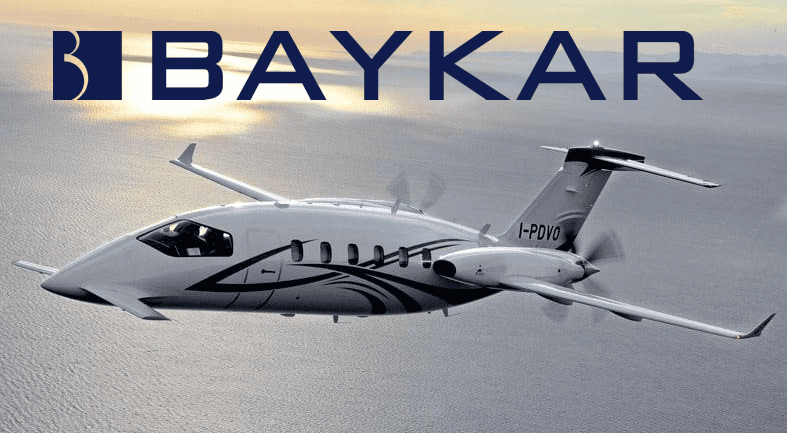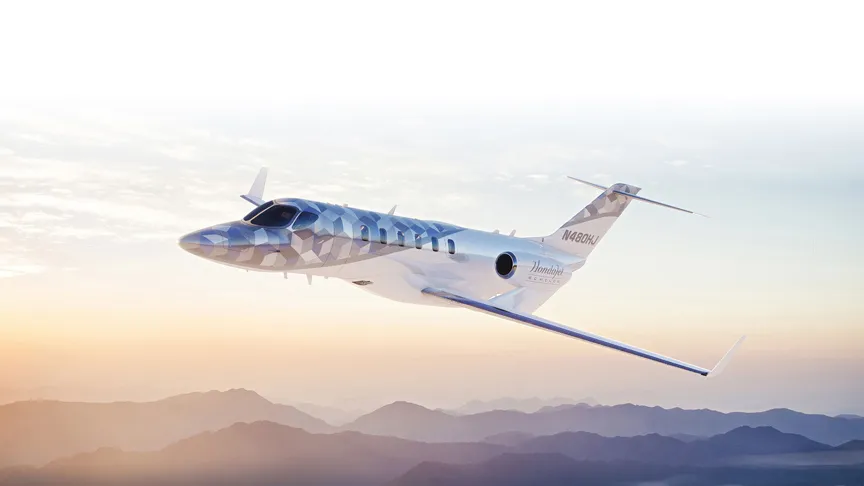The large-cabin business jet segment is poised for remarkable expansion in 2025, with these premium aircraft projected to represent over 65% of the total business aviation market value. This dominance reflects a fundamental shift in customer preferences and operational requirements as corporations and high-net-worth individuals increasingly opt for aircraft that offer superior range, space, and capabilities.
Business Aviation

Baykar, a prominent Turkish defense company, is set to acquire Piaggio Aerospace, marking a significant change in the aviation industry. Piaggio, founded in 1884 and widely recognized for its Piaggio P.180 Avanti aircraft and recent unmanned aerial systems (UAS) innovations, has undergone a rough financial adversity, culminating in receivership in 2018. The Italian government approved the sale on December 27, 2024, underscoring the strategic importance of Piaggio to the nation’s aerospace capabilities and workforce.

The business aviation industry is experiencing a significant downturn, with recent reports indicating a global decrease of 4 percent in traffic over the past four weeks. This trend is highlighted by WingX's data showing a 7 percent year-over-year (YOY) dip in the second week of January, a period usually affected by post-holiday slowdowns and winter storms.

On February 15, 2024, in Los Angeles, Surf Air Mobility Inc. A green regional air mobility company, and the innovative aerospace company Electra. Aero Inc. announced a strategic partnership. This collaboration aims to revolutionize regional air travel by making it more affordable, sustainable, and accessible using Electra’s cutting-edge hybrid-electric eSTOL aircraft. This initiative will be supported by Surf Air’s tech-driven air mobility platform and its Aircraft-as-a-Service offering.

The Honda Echelon is the latest addition to the Honda Aircraft Company’s lineup, following the 2600 Concept unveiled in 2021. It is designed to offer an unparalleled experience in the light jet category, while providing the comfort and features of a mid-size jet. This aircraft is capable of nonstop transcontinental flights across the United States, a feat that sets a new benchmark for what a light jet can achieve. The aircraft is expected to hit the skies by 2026, with type certification planned for 2028. The Honda Echelon represents a significant leap in light jet technology, combining luxury, efficiency, and performance into a sleek, innovative aircraft.
- The Hi-Fidelity first-class traveling set. Pink Floyd’s “Money”
- Lockheed Jetstar: The OG of Luxury Business Travel
- Chinchero International Airport: Bridging the Gap Between Ancient Wonders and Modern Aviation
- Dassault Aviation’s Falcon 6X and 10X: Redefining Business Aviation with Unmatched Luxury, technology and Cost Efficiency
